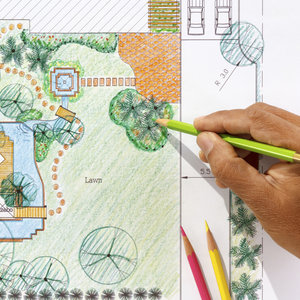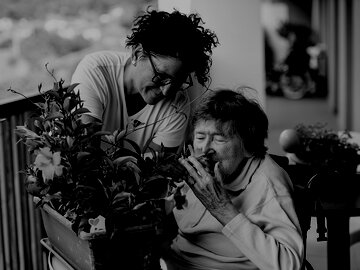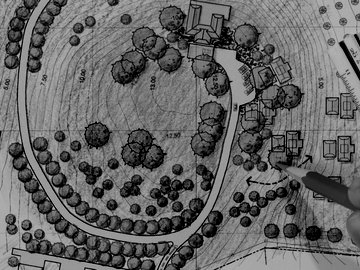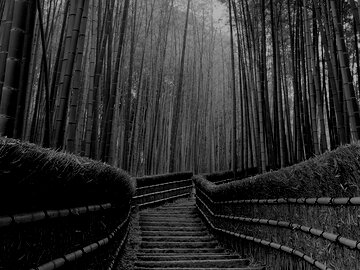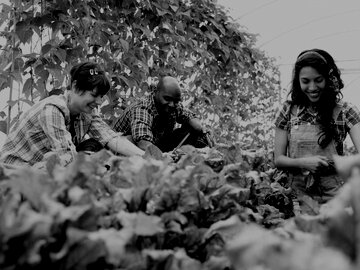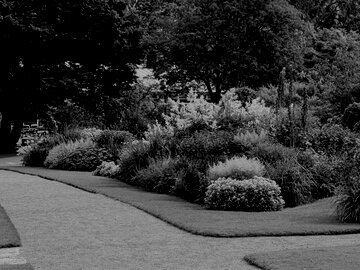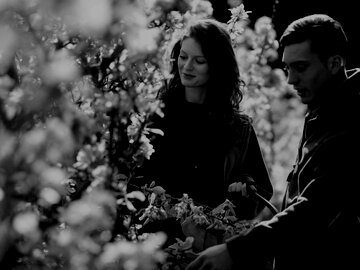Landscape Architecture & Horticulture
For more than 40 years, our students have helped beautify Southern California.
Browse by interest
Expect more from your education.

Online Information Session
Learn more about the field of Landscape Architecture, our program curriculum, and associated benefits, with the opportunity for Q&A.
TUESDAY, April 30, 2024
6:00–8:00PM PT
Every instructor I've had became a piece of who I am as a designer.
Zara Gomez
Landscape Architecture Certificate Graduate
![]()
Corporate Education
Learn how we can help your organization meet its professional development goals and corporate training needs.
![]()
Donate to UCLA Extension
Support our many efforts to reach communities in need.


